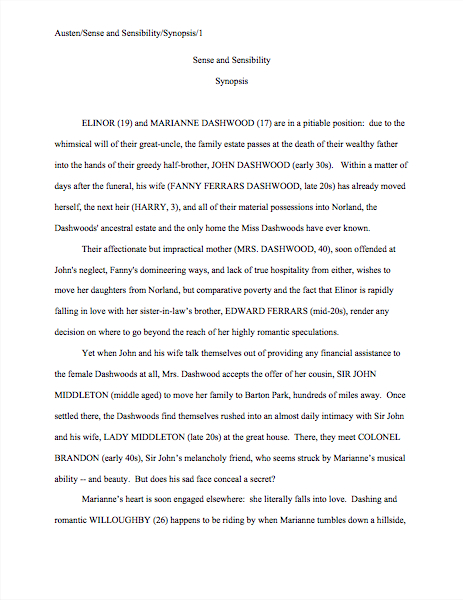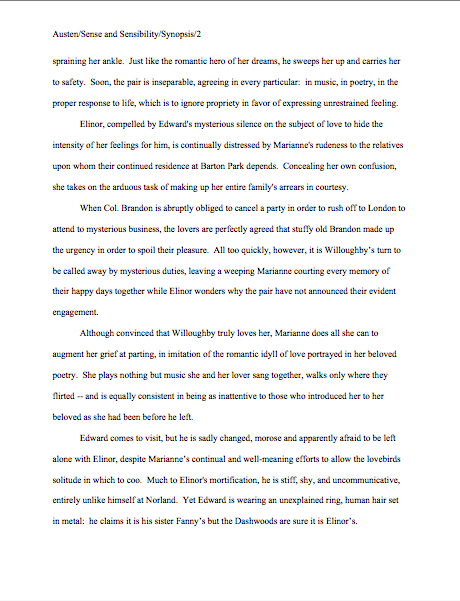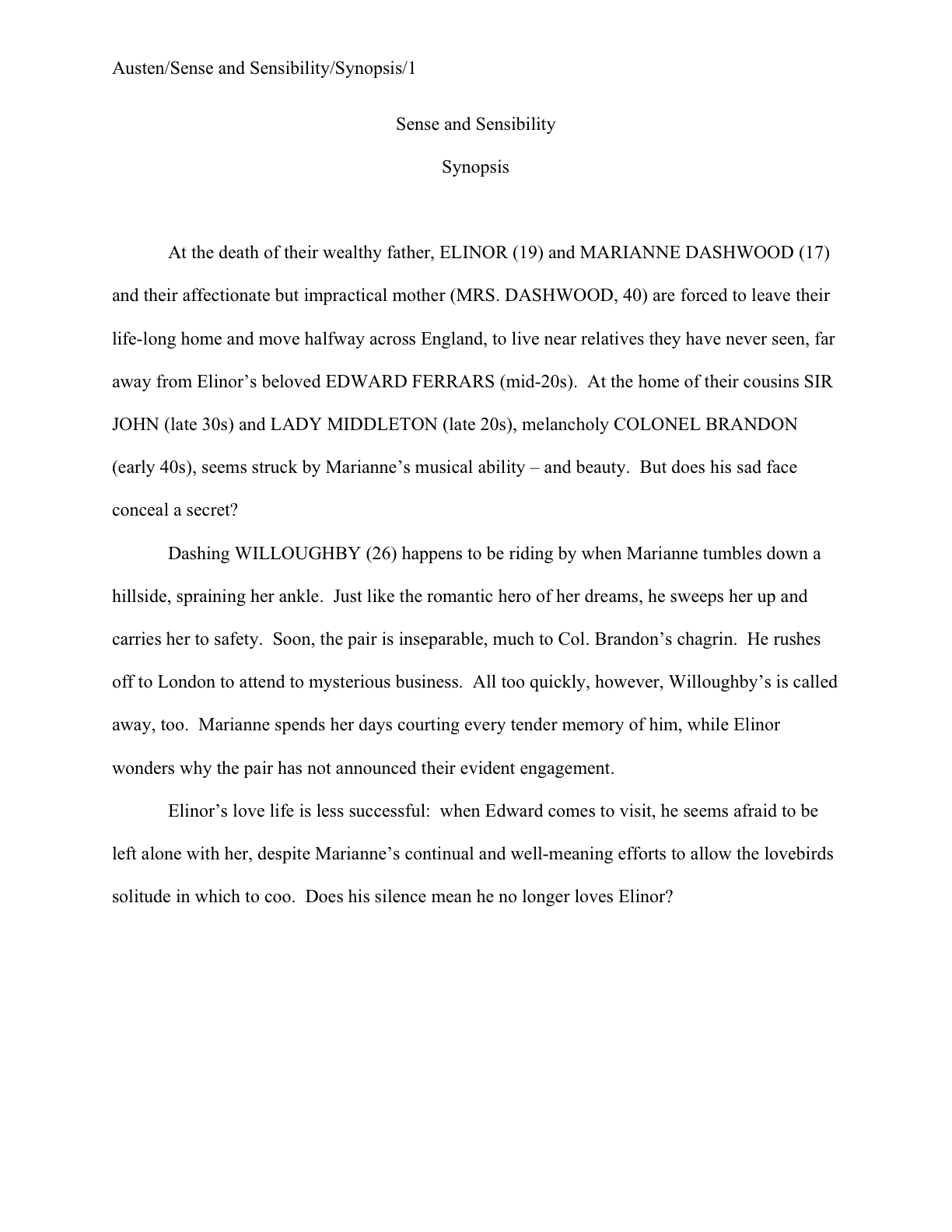Over the course of this series — my apologies for my timing in posting it having been a bit protracted; a whole lot has been going on chez nous — I have, I hope, impressed upon my readers the importance of making your author bio as entertaining as possible. In case I have by some chance been too subtle, allow me to reiterate:
Regardless of how many or few bona fide publishing credentials may grace your résumé, aim for constructing an author bio for yourself that is MEMORABLE, rather than simply following the pseudo-professional norm of turning it into a (YAWN!) list of cold, starkly-mentioned business and educational facts.
Yes, I said pseudo-professional; because droning lists are so very common, unless one’s life achievements happen to include very high-profile events (a Ph.D., a Pulitzer Prize, being elected President of the United States, that sort of thing) or previous book publications (don’t have a joke for that one; sorry), the professional reader’s eye tends to glaze over whilst perusing them.
So what should you do instead, you whimper?
Have your bio reflect your personality, and the book’s personality as well. It needs to show two things: that you are an authority with a background that makes you the perfect person to write this book, and that you are an interesting, engaging person with whom publishers might like to work — and whom readers would like to know.
Piece o’ proverbial cake, right? Well, no, but certainly doable, if you realize that the goal here is not just to hand Millicent the agency screener your CV, but to cause her to rush into her boss’ office, exclaiming, “You’re not going to BELIEVE this writer’s background!”
Yes, yes, in answer to what all of you query-weary cynics out there just thought so loudly, it is indeed entirely likely that her boss’ response will be some rendition of, “Gee, Millie, is it anything out of which we could conceivably cobble a platform for a nonfiction book?” — not necessarily the ideal reaction if one happens to be, say, a novelist, admittedly. Before you get all huffy at the idea of being pigeonholed before your time, let me ask you this: isn’t any reason someone who works at the agency of your dreams becomes excited about you good for your book’s prospects?
(And just to shatter the cherished illusions of any of my readers who still harbor any about the way agencies work, a successful submitter IS going to get pigeonholed, whether s/he likes it or not. The publishing industry thinks in book categories, which inevitably means shuffling even the most complex and genre-busting writers’ work into a conceptual box. This is a sad reality with which all of us pros who like to category-surf have to contend eventually, so you might want to beat the Christmas rush and get started on it now.
And if anything I said in that last paragraph caused you to think indignantly, “Well, they’ve obviously never seen anything like my historical multicultural Western romantica fantasy classic before — but by gum, they’re not going to make me pick just one!”, I implore you from the bottom of my heart to scroll down the category list at the right of this page, find the BOOK CATEGORY section, and read every post in it at least twice before you even THINK of querying your masterwork. Trust me on this one.)
Fingers have been drumming next to keyboards for quite some time now, I fear. “I GET it, Anne,” those of you just busting to get on with writing your bios already mutter. “I don’t fear being interesting, and primal screaming has done wonders to reduce my inherent hostility to describing my book in just one or two words. And believe me, I’m not in a position to bore Millicent with lists of my publishing credentials. Where on earth should I begin?
Glad you asked, finger-drummers. Here are a few likely sources for author bio tidbits.
1. Your work history, paid or unpaid
NF writers, long used to building their own platforms, tend already to be aware of this, but any consistent effort on an author’s part that enables him to say legitimately, “I have a background in the subject matter of my book,” is worth considering including in a bio. Whether you actually got PAID for that experience isn’t particularly relevant; the fact that your agent will be able to say, “Bill didn’t just guess at what la vie de lumberjack is like for his romance novel, LOOK OUT FOR THAT TREE! He spent his youth as a cook in a lumber camp.”
That is not, as they say, a credential at which Bill’s prospective publishers are likely to be sneezing.
If your job titles have not been particularly impressive or you have not remained in any one industry for very long, you’re in good literary company — Joseph Campbell used to say that one of the best predictors of who was going to turn out to be an artist was the number of different jobs he had had before he was 30.
Try not to get hung up on job titles; think about what you actually DID and the environment in which you did it. An administrative assistant at Boeing has every bit as much right as a vice president to say, “Eileen has spent the last fifteen years in the aviation industry,” if her book happens to touch on that topic, right?
Don’t forget to consider any volunteer experience you may have; for bio purposes, it is neither relevant nor necessary to mention that you were not paid for your position as volunteer coordinator of your local cat rescue. There are plenty of political books out there by people who got their starts stuffing envelopes for a city council candidate, after all.
2. What you are doing now to pay the bills.
Regardless of whether you decide that any of your work experience is either relevant or interesting enough to include, you should mention in your bio what you are doing now for a living, for the exceedingly simple reason that it is going to be one of the things that an agent or editor will want to know about you.
The sole exception — and as soon as I tell you the standard euphemism used by authors who fall under its rubric, you’re going to start noticing just how common it is in bios and chuckle — is if you feel that your current employment is not, shall we say, reflective of who you are. Stating that you are temping in order to be able to quit your job the second a publisher snaps up your NF proposal, for instance, while perhaps not a bad long-term strategy, is not going to make you look particularly professional to Millicent.
The fact is, it is extremely difficult to make a living as a writer, particularly of books. (You were all aware of that, right?) It often takes years and years — and books and books — before even a great writer can afford to quit her day job. So you may safely assume that Millicent and her ilk are already aware that many good writers out there are supporting their art by delivering pizzas, driving cabs, and all of those desk jobs under fluorescent lights upon which bureaucracies the world over depend.
Heck, it’s not entirely beyond belief that Millicent took her desk job under fluorescent lights to feed her own writing habit. Sort of messes with your mental picture of her scowling over your query letter, doesn’t it?
So what’s the standard euphemism for under-employed literary geniuses? Freelance writers.
Perfectly legitimate: as long as you write and no one is employing you write full-time, you are indeed freelancing. You’re just a volunteer freelance writer.
3. ANY life experience that would tend to bolster your implicit claim to be an expert in the subject matter of your book.
Consider showcasing any background you have that makes you an expert in the area of your book. Again, you need not have been paid for the relevant experience in order to include it in your bio, or have a academic or journalistic background to render your 15 years of reading on a topic research.
Definitely mention any long-term interests connected to your book, even if they are merely hobbies. As in, for a book about symphonies, “George Clooney has been an avid student of the oboe since the age of three.†(Don’t quote me on that one, please; I have no idea what Mssr. Clooney’s feelings or experience with woodwinds may be._
4. Writing credentials, no matter how minor.
List any contests you have won or placed in. If you like, you may also include any venues where you have published, paid or not. Even unpaid book reviews in your company’s newsletter are legitimate credentials, if you wrote them.
5. Recognition of your wonderfulness from the outside world, regardless of its relevance to your writing project.
I’m not just talking the Nobel Prize here — do you have any idea how exotic winning a pie-baking contest at a county fair would seem to someone who has lived her entire life in New York City?
Don’t laugh; Millicent might genuinely be intrigued. If you were the hog-calling champion of your tri-county area, believe me, it’s going to strike her as memorable.
6. Educational background.
This is one of the few constituent parts of the standard, dull tombstone bio that might conceivably hurt you if you do not include. Because pretty much any North American agent or editor will be college-educated, Millicent will be looking for a writer’s educational credentials.
That’s putting it mildly, actually: Millicent probably has BA in English from a great school like Wellesley. (With honors. Not to intimidate you.) Higher education, even without degrees, will be meaningful to her.
Perhaps to the point of snobbery. You wouldn’t believe how much mileage I’ve gotten out of my doctorate with snobs.
So if you are older than standard college age and a high school graduate, go ahead and include any post-high school education in your bio, no matter how long ago it was or what you studied. (Don’t mention your major, unless it is relevant to your book.)
Consider mentioning any certificate programs, continuing education, or substantial training you may have, regardless of the subject matter. Prestigious and oddball programs tend to be the most memorable — in fact, a certificate from a
What do you do if you don’t have any educational credentials to wave at Millicent, you ask? Don’t mention your educational background; fill up the page instead with your rich life experience (see above). Or, better still, turn your bio into an opportunity to show how you have schooled yourself through non-traditional means.
Millicent may be an educational snob, but she knows a good author interview story when she sees one.
If you are currently in school, mention it. Both young writers and returning students tend to be a bit shy, at least in their bios, about being pre-degree, but I think this attitude tends to underestimate just how wistfully most graduates recall their college careers. Especially if one happens to be huddled under fluorescent lights reading manuscripts until one’s Great American Novel is completed, if you catch my drift.
Anyway, if you’re REALLY young and have the stick-to-itiveness to write an entire BOOK, that’s going to be quite interesting to the adults who inhabit the publishing world. Especially if you worked on a school paper or magazine, as that will demonstrate that you have proven you understand and can meet deadlines. That’s a story you can tell excitingly in a couple of lines of text, isn’t it?
If you’re a non-traditional student, returning to the classroom after years of doing other no doubt very interesting things, you probably have an intriguing story to tell, too. When I was teaching at the university level, I was continually wowed by the trajectory many of my older students had taken to get there. YOU may not think of your sacrifices to go back to school at an untraditional age as extraordinary, but there’s a good chance that others will.
7. Personal quirks.
You need not limit yourself to your professional achievements in your quest to sound interesting. Including a reference to a quirky hobby often works well, as long as it is true; actually, it’s a good idea to include one, because it tells agents and editors that you have broad enough interests to be a good interview subject down the line.
Don’t have a quirky hobby? Do what PR agents have historically told would-be celebrities to do just prior to interviews: get an off-beat hobby or interest now, so you may talk about it.
Then write your bio a week later. A tad rule-lawyerish, perhaps, but essentially truthful — and certainly a trick of the trade.
7. Family background.
This is always legitimate if it’s relevant to the subject matter of the book — if, say, our pal Bill spent his childhood watching his dear old white-headed mother cook for those lumberjacks, instead of doing it himself — but if your family tree harbors an interesting wood owl or two, why not mention it?
For instance, my great-grandmother was an infamous Swiss-Italian opera diva. Was the fact that a relative who died three decades before I was born could wow ’em with a spectacular rendition of Libiamo Ne’ Lieti Calici actually relevant to what I write? Seldom.
But incredibly memorable? Definitely. And have I been known to include it in a bio, along with the highly dubious but nevertheless true distinction that I made my television debut singing Adeste Fideles on a 1978 Christmas special? (Wearing a blaring yellow leotard and equally subtle peasant skirt, no less; hey, it was the ’70s.) You bet.
There are two standard formats for an author bio. The first is very straightforward: a single page, double-spaced, with the author’s name centered on the top of the page. The next line should read: “Author bio.”
Not a startlingly original title, it’s true, but you must admit that it’s descriptive.
8. Past travel and residence.
If you’ve traveled extensively — or even not so extensively — or lived in the part of the world where your novel is set, that will actually add to your credibility as a storyteller. Yes, even if that part of the world happens to be rural Oregon, because — come closer, and I’ll let you in on a little secret — Millicent and her ilk are often not all that familiar with the geography outside Manhattan island. Even if she is from somewhere else originally — and she often isn’t; my agent likes to boast that he’s never lived more than ten miles from the NYC hospital where he was born, and apparently I was the first person he’d ever encountered whose response was, “Oh, you should get out more.” — she’s likely to be working some awfully long days for very little pay.
Travel can be quite expensive, you know. Give her a micro-vacation at her desk by mentioning your familiarity with exotic climes.
If you were a great traveler — say, after a career in the Navy — consider mentioning your sojourns in your bio even if they’re not relevant to the book you’re promoting. Give Millicent a vicarious thrill.
Consider, too, mentioning your ethnic background, if it’s remotely relevant to the book. Many, many aspiring writers chafe at this suggestion, but think about it: didn’t your family’s history have SOME effect upon constructing your worldview? Might not your background in fact render your take on a story fresh? Has it affected your voice?
See where I’m going with this? Bringing up relevant background is not asking for your writing to be judged by a different standard; it’s just one of many means of explaining in the very few lines allowed in an author bio how precisely you are different from any other writer who might happen to have written this particular book.
I have to admit, I’m always surprised when a writer who has, say, just polished off a stunning first novel set in colonial India fails to mention that she was born in Darjeeling, but all too often, writers new to the biz will leave out pertinent life facts like this. “Why should I include it?” the writer will say defensively. “It’s not as though I was alive during the time period of my book, and anyway, I don’t want to get pigeonholed as an ethnic writer.”
In the first place, in the English-speaking publishing world as we currently know it, a non-Caucasian author is inevitably going to be regarded as an ethnic writer, rather than a mainstream (read: white) one, just as anyone who writes a book while possessing ovaries is going to be labeled a woman writer — unless she’s had some pretty extensive plastic surgery and has written a memoir under the name of Jim, that is.
Unfair to the vast majority of writers who would like to be judged by the quality of their writing, rather than the content of their DNA? You bet. Something your are going to be able to fight successfully at the query and submission stages of your career? Not a chance.
See my earlier comment about pigeonholing.
Take heart: we may not like it, but it can occasionally work for us rather than against us. The author bio is one of the few places where the tendency to regard any writer who isn’t a white, male, straight, college-educated, middle- or upper-middle class English-speaking North American as outside the norm can actually help those of us who, well, aren’t any or all of the above. Especially if your book would be the kind that Millicent might expect only a white, male…etc. to write.
I leave it to your fertile imaginations what she is likely to say when she carries the bio of what the industry might regard as a non-traditional author into her boss’ office.
Noticing a theme here? Anything about yourself that might make a good story is potential material for an author bio, really. It’s up to you to select and present it intriguingly.
If only you already had some experience with an endeavor like that…oh, wait, you’re a WRITER. You have devoted your life to telling interesting stories.
Not used to thinking of an author bio that way, are you? Give it a good ponder, and keep up the good work!






























